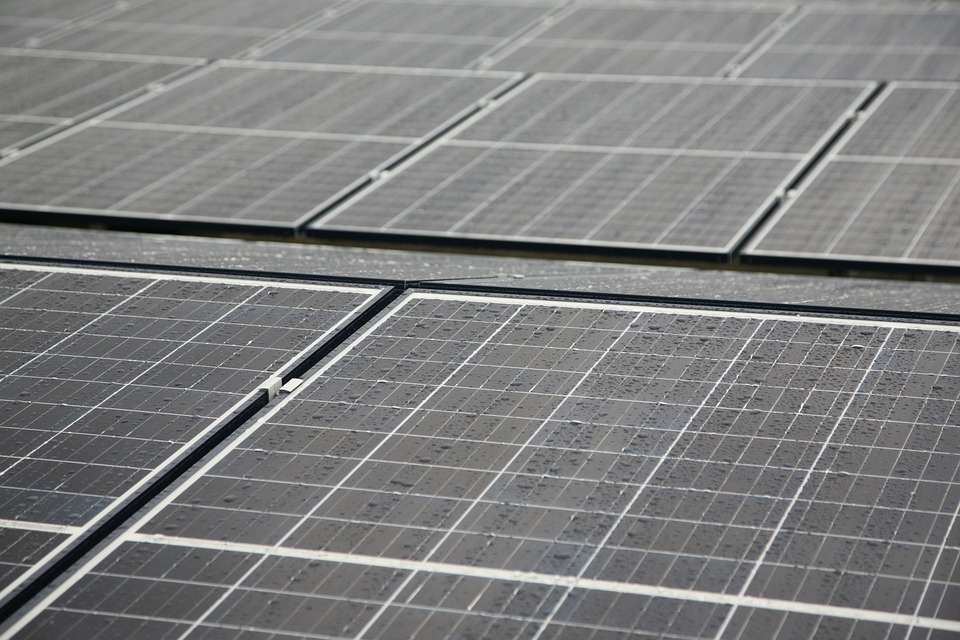How Changes in Earth’s Tilt Influence Global Climate
I. Introduction
Earth’s axial tilt, currently at approximately 23.5 degrees, plays a crucial role in shaping climate patterns across the globe. This tilt is responsible for the seasonal variations we experience, influencing global temperatures, weather patterns, and long-term climate cycles. Understanding how shifts in this tilt can impact climate is vital for comprehending both historical climate changes and potential future scenarios.
II. Understanding Earth’s Axial Tilt
Earth’s axial tilt, also known as obliquity, varies between 22.1 and 24.5 degrees over a cycle of about 41,000 years due to gravitational interactions with the Moon and other celestial bodies. This variation affects how solar radiation is distributed across the planet, leading to significant climatic consequences.
– Key Terms:
– Axial Tilt (Obliquity): The angle between Earth’s rotational axis and its orbital plane.
– Precession: The gradual wobble of Earth’s axis that affects seasonal contrasts.
Historically, Earth’s axial tilt has fluctuated significantly, influencing major climatic events such as ice ages and interglacial periods.
III. How Changes in Axial Tilt Affect Climate
– Seasonal Shifts: Increased axial tilt results in more extreme seasons—hotter summers and colder winters—while a decreased tilt leads to milder seasonal contrasts. For instance, during periods of greater tilt, regions at higher latitudes receive significantly more solar energy in summer, enhancing summer warmth and winter chill[1][2].
– Impact on Polar and Equatorial Regions: A greater tilt can lead to warmer polar regions, which may reduce ice cover and alter ocean currents. This shift can disrupt established climate patterns, potentially leading to feedback loops that amplify warming effects[2][4].
– Precipitation Patterns: Changes in axial tilt can influence global wind patterns and precipitation distributions. For example, a significant tilt could enhance monsoon effects in certain regions while diminishing rainfall in others, leading to droughts or floods depending on local conditions[1][3].
– Long-term Climate Cycles: The relationship between axial tilt and climate cycles is evident in the Milankovitch cycles, which describe how variations in Earth’s orbit and axial position correlate with glacial and interglacial periods. These cycles have been instrumental in driving Earth through various climatic phases over millennia[2][8].
IV. The Role of Earth’s Tilt in Past Climate Events
Historical analysis shows that shifts in Earth’s axial tilt have coincided with significant climate events. For example:
– Last Glacial Maximum: Approximately 20,000 years ago, changes in obliquity contributed to the expansion of ice sheets across North America and Eurasia.
– Interglacial Periods: Increases in axial tilt have been linked to warmer periods when ice sheets retreated due to enhanced solar radiation during summer months[4][6].
V. Predicting Future Climate Based on Changes in Earth’s Tilt
Theoretical scenarios suggest that if Earth’s axial tilt were to increase or decrease significantly in the future:
– Increased Tilt: Could lead to more extreme seasonal variations, potentially exacerbating current climate challenges by intensifying heat waves or cold snaps.
– Decreased Tilt: Might promote cooler summers and milder winters, potentially allowing for greater ice accumulation at high latitudes and contributing to the onset of glacial periods[2][5].
Scientists use models based on Milankovitch cycles to predict these outcomes, helping us understand how natural changes might interact with human-induced climate change.
VI. Human Influence and Earth’s Tilt
While natural changes in Earth’s axial tilt occur over tens of thousands of years, human activities are currently driving rapid climate changes that overshadow these natural processes:
– Comparison of Effects: Natural variations like axial tilt influence climate over millennia; however, human-induced factors such as greenhouse gas emissions are causing unprecedented warming within a much shorter timeframe[3][6].
Understanding Earth’s axial tilt remains crucial for developing strategies to mitigate climate impacts and adapt to changing conditions.
VII. FAQs
– What causes changes in Earth’s axial tilt? Changes are primarily due to gravitational interactions with the Moon and other celestial bodies.
– How often does Earth’s tilt change? The tilt varies slowly over approximately 41,000-year cycles.
– Can changes in Earth’s tilt cause extreme weather events? While they influence general climate patterns, extreme weather is more directly affected by current human-driven factors.
VIII. Conclusion
Earth’s axial tilt is a fundamental driver of climate variability. Recognizing its role helps us understand both past climatic shifts and potential future scenarios amid ongoing human-induced changes. Emphasizing resilience strategies will be essential as we navigate the complexities of our planet’s changing climate landscape.

Kyle Whyte is a notable scholar and professor at the University of Michigan, holding positions such as the George Willis Pack Professor in the School for Environment and Sustainability and Professor of Philosophy. Specializing in environmental justice, his work critically examines climate policy and Indigenous peoples’ ethics, emphasizing the nexus between cooperative scientific endeavors and Indigenous justice. As an enrolled Citizen Potawatomi Nation member, he brings a vital perspective to his roles as a U.S. Science Envoy and member of the White House Environmental Justice Advisory Council. His influential research is supported by various prestigious organizations including the National Science Foundation, and disseminated through publications in high-impact journals. Kyle actively contributes to global Indigenous research methodologies and education, with affiliations to numerous institutes and societies dedicated to traditional knowledge and sustainability. Recognized for his academic and community engagement, Kyle has earned multiple awards and served in various visiting professorships. His efforts extend to leadership positions on boards and committees focused on environmental justice nationwide.
